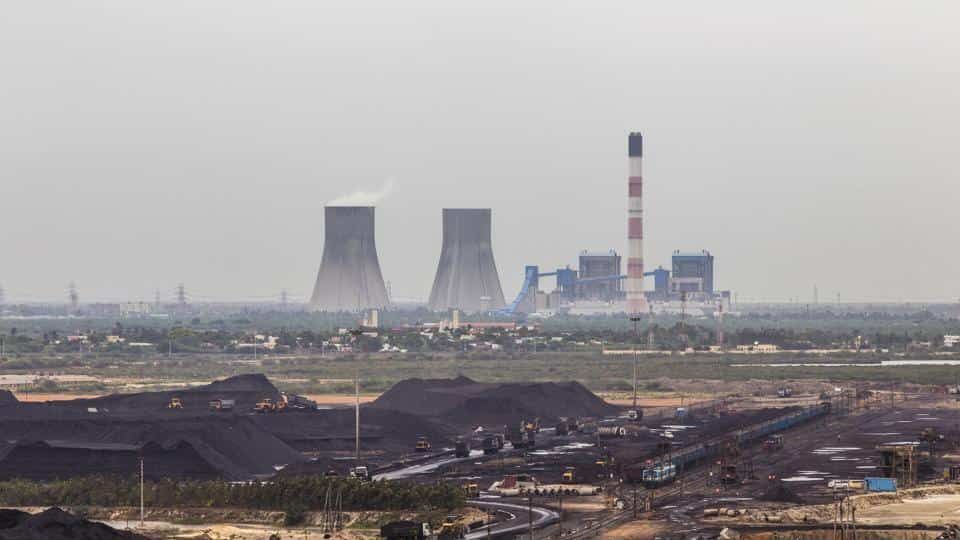
Power ministry revises policy to use biomass pellets in coal plants
The commission had earlier issued an advisory to Punjab, Haryana and Uttar Pradesh for establishing a robust and continuous supply chain logistics for ex-situ utilisation of paddy straw

The Union Ministry of Power has set a revised policy to use biomass pellets in coal-burning thermal power plants, encouraging use of agricultural waste that is otherwise burnt by farmers.
The decision makes it mandatory for three categories of thermal power plants to use a 5 per cent blend of biomass pellets along with coal. The policy will come into force in October 2022, with a requirement to increase the proportion of biomass to 7 per cent within two years for two categories of power plants.
“The policy for co-firing of biomass would be in force for 25 years or until the useful life of the thermal power plant, whichever is earlier,” the ministry said.
Delhi Pollution
In September the Centre’s air quality commission directed all 11 thermal power plants within a 300-km radius of Delhi to co-fire biomass pellets with coal, saying this can utilise millions of tonnes of biomass, address the issue of stubble burning and reduce air pollution.
Paddy straw burning is a matter of concern in the National Capital Region and its adjoining areas. Ex-situ utilisation of paddy straw is an important strategy among various means to prevent and control its burning, the Commission for Air Quality Management said.
The commission said it conducted extensive stakeholder consultations with NTPC and other state and private power plant operators on the potential use of paddy stubble.
“NTPC, based on extensive trials, confirmed that it is technically feasible to co-fire biomass pellets (up to 5-10 per cent) in thermal power plants without any modification in the boilers,” the panel said.
Also read: Delhi’s air quality poor; stubble burning may increase pollution levels
Success in trials offered a huge opportunity for utilisation of biomass in thermal power plants, it noted.
The commission had earlier issued an advisory to Punjab, Haryana and Uttar Pradesh for establishing a robust and continuous supply chain logistics for ex-situ utilisation of paddy straw.
Paddy straw burning in October and November is one of the major reasons behind high levels of air pollution in Delhi.
Farmers say there is a small window of 10-15 days between paddy harvesting and sowing of wheat, and they burn stubble as it is a cheap and time-saving method to manage straw and prepare their fields for the next crop.


